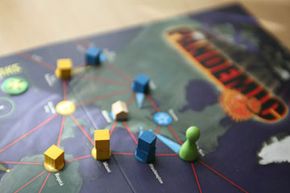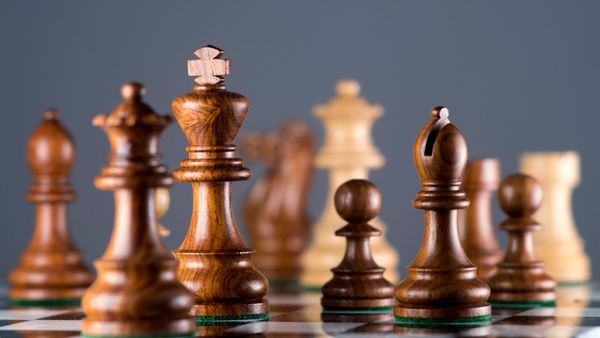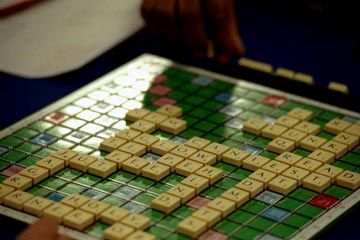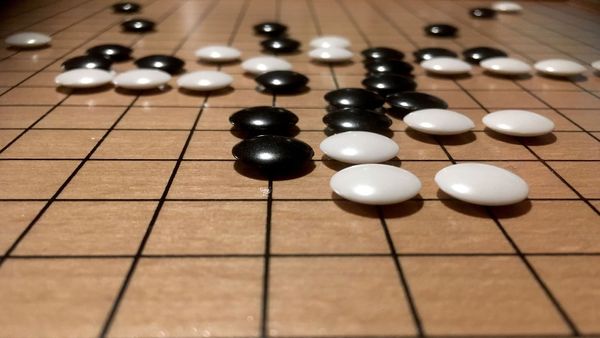How to Play Pandemic: Player Cards and Game Phases
As you race through a game of Pandemic, you can expect the player card deck to be the catalyst for some game-changing events. That deck contains three types of cards. A standard city card goes into the player's hand (best kept faceup on the table) when it's drawn. These cards facilitate fast travel to the location noted on it, but, more important, they're the prime currency for developing disease cures. Each card is color-coded to a disease, and you'll need five of a given color to cure that particular illness (unless you're the scientist, in which case case you only need four).
Next up is the special event card, which also goes into the player's hand. They can typically be used at any point in the game to provide an advantage.
Advertisement
Finally, there are epidemic cards, which go into play upon being drawn. These disastrous draws up the infection rate by adding three disease cubes to a single city and making it more likely that the already infected cities will be hit again soon. No locale can hold more than three disease cubes, so any overage results in an outbreak, which causes an additional cube to be placed on all adjacent cities. Those fateful additional cubes can cause chain-reaction outbreaks by setting off an infinite, game-ending series of outbreaks.
Action phase: Each player can take four actions on his or her turn. Unless otherwise specified, it costs one action to do the following: move from one city to an adjacent one, head to a remote city via a standard city card, build a research center, discover a cure, remove a single disease cure cube from a city or transfer a card to another player.
Drawing phase: During this phase, the player whose turn it is picks two player cards and immediately resolves any epidemic cards received in the draw. Then he or she discards down to seven cards.
Infection phase: Finally, it's time for more infections. The player whose turn it is draws two, three or four infection cards (depending on what the infection rate is) and places a single disease cube on each city shown. If this causes any city to accumulate more than three disease cubes, then outbreaks occur immediately.
End game: This cycle continues until either humans or contagious diseases are victorious. Players collectively win the game when all four diseases have been cured. Collective defeat occurs when a team run out of disease cubes, an eighth outbreak occurs or there are no more player cards. Whatever the outcome, you generally expect the game to end in about an hour (not counting arguments and breaks for pizza).
What form of strategy should you employ to save the human race from deadly diseases? Find out next.



